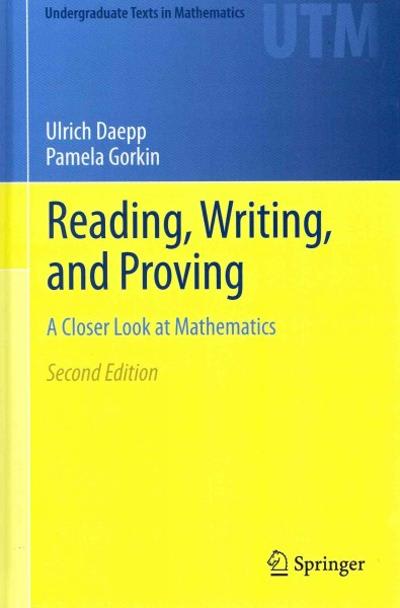Question
For this DQ, you calculated simple interest applied to an initial balance.To change this to compound interest, remove the gap in the number of years
For this DQ, you calculated simple interest applied to an initial balance.To change this to compound interest, remove the gap in the number of years column C (that is, from 5, continue with 6, 7, 8, and so on), and change the formulas in column E of the spreadsheet so that the account value in each year starting with year 1 is (1+B2) times the account value in the previous year (that is, E3 will be =E2*(1+$B$2), E4 is E3*(1+$B$2), and so on).(For this exercise, you can ignore the values in column D.)
With these changes, again update the rate in B2 until the value at year 10 is $10,000 with a starting balance of $600 in A2.What rate is required now, compared to the rate needed with simple interest?
Similarly, with the rate set at 5%, update the principal in A2 until the value at year 10 is $10,000.What starting principal is required now, compared to the starting principal needed with simple interest?
What explains the difference in results here?What principle does this illustrate?
Step by Step Solution
There are 3 Steps involved in it
Step: 1

Get Instant Access to Expert-Tailored Solutions
See step-by-step solutions with expert insights and AI powered tools for academic success
Step: 2

Step: 3

Ace Your Homework with AI
Get the answers you need in no time with our AI-driven, step-by-step assistance
Get Started


